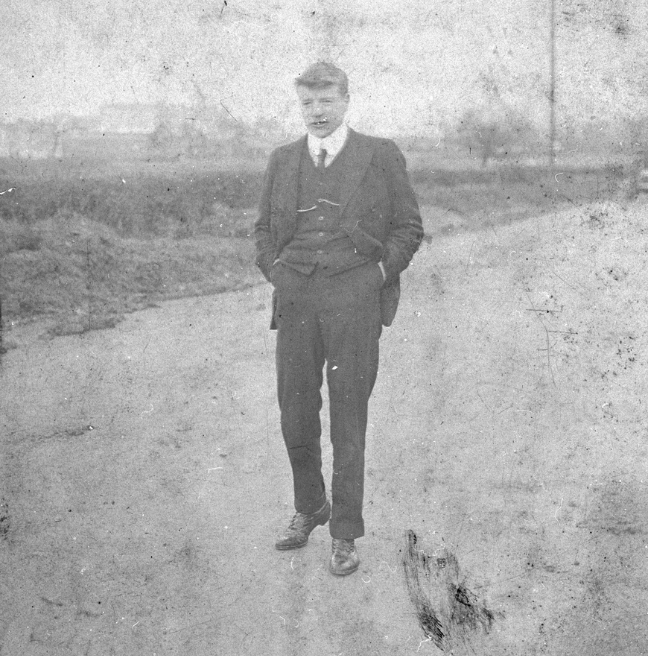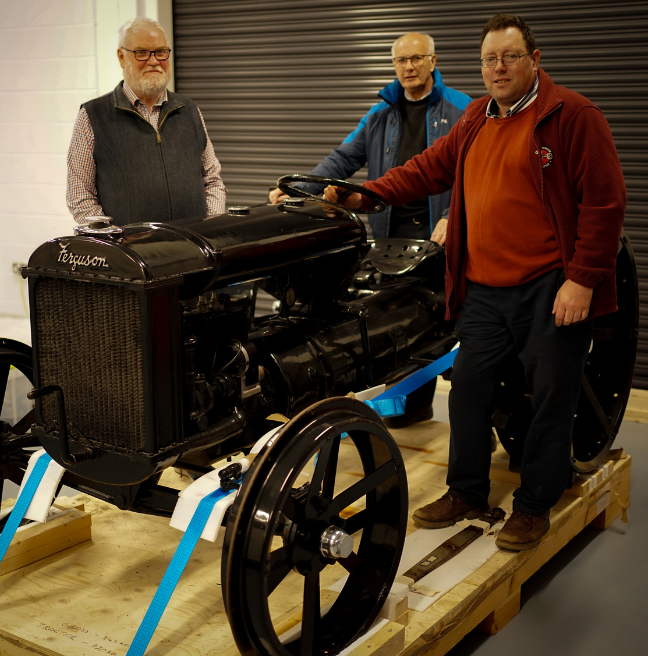
harry ferguson & agriculture: the later years
Return to Harry Ferguson's world of agriculture with John Barron, Director of Friends of Ferguson Heritage.
Handshake Agreement
Their agreement was terminated in 1946 by Henry Ford II, Ford’s grandson, following negotiations which were very unfavourable to Ferguson, although the tractor was produced for Ferguson up until June 1947.

Ferguson was left without a tractor to sell in North America and his business only survived due to him being able to import 25,000 of his UK built tractors into the USA in 1948. That same year Ferguson issued what is believed to be the largest lawsuit in corporate history at that time against the Ford company for violation of anti-trust laws and patent infringement. The main contention of the patent infringement element was that Ford plagiarised the Ferguson system in their newly launched 8N tractor. After an energy sapping and expensive legal battle, the case was settled out of court for $9.25M, in 1952. As part of the settlement, Ford was allowed to continue using all of the components of the Ferguson system, except Side Suction Control (SSC).
Massey Harris Ferguson
In 1953, Massey Harris a large and very successful Canadian agricultural company acquired the entire Ferguson tractor and machinery company for a consideration of $16.25M in Massey Harris common stock.
From then until 1957, the company became known as Massey Harris Ferguson. Then the company was renamed and became the ubiquitous and globally successful Massey Ferguson company.
Not only did Ferguson succeed in redesigning the plough but developed the whole Ferguson system of farm mechanisation that combined tractor and implement into a unit system that revolutionized farming. As the development of the Ferguson system progressed, Harry Ferguson made his best endeavours to find an existing tractor that was suitable for the incorporation of the Ferguson system, but no such tractor existed. It soon became clear that the only alternative was to build his own prototype, an ultralight machine, that incorporated the Ferguson system fully, could be built cheaply and was suitable for small and large farms and was affordable and manoeuvrable.
EXPLORE MORE
Harry Ferguson & Aviation
Harry Ferguson is famous for his pioneering innovations in the world of agriculture, but his earliest achievements were in aviation.
The Life and Legacy of Harry Ferguson
Explore the life and worldwide impact of Innovator Harry Ferguson with John Barron, Director of Friends of Ferguson Heritage.
The Ferguson Black: Homecoming
Learn more about the world famous tractor with John Barron, Director of Friends of Ferguson Heritage.


